The Little Sliver That Could
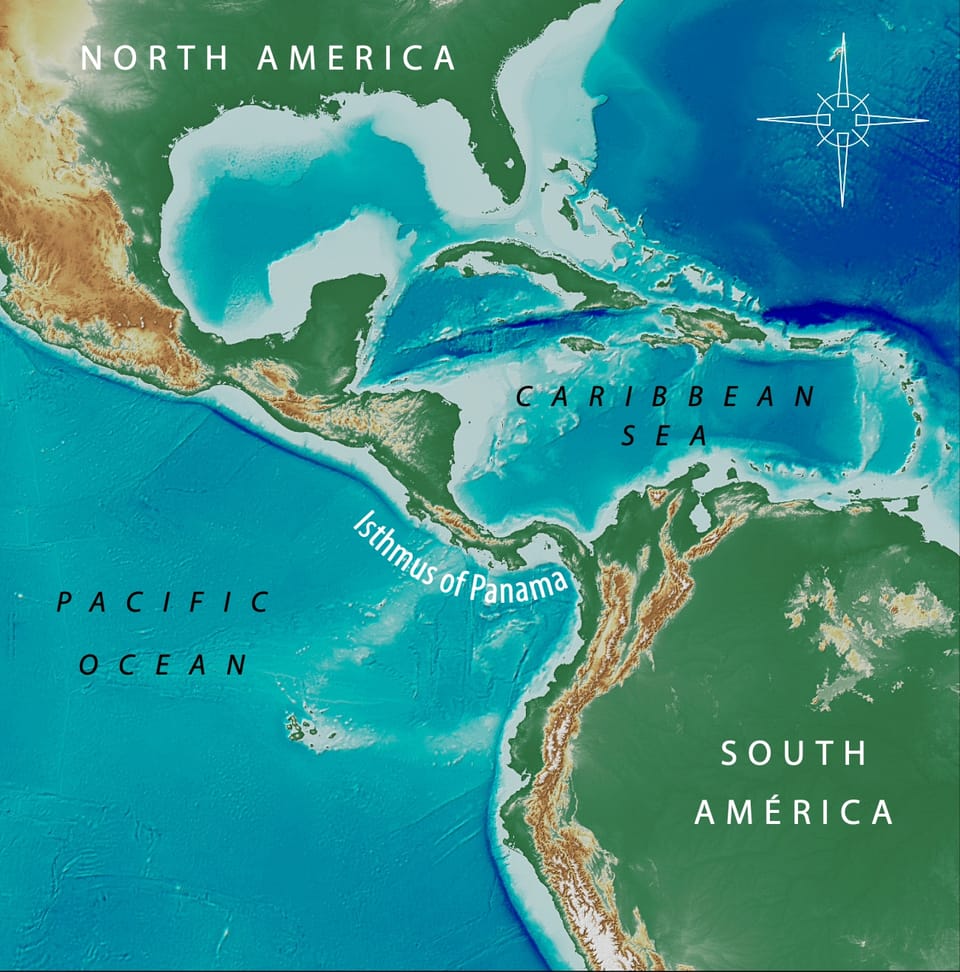
The Panama Canal is very much in the news these days...but for all the wrong reasons! Do you know the real reason why Panama matters?
To understand why Panama is so significant let's go back 60 million years to a time when the supercontinents of Gondwana and Laurasia split into the pieces that we recognize as today's continents.
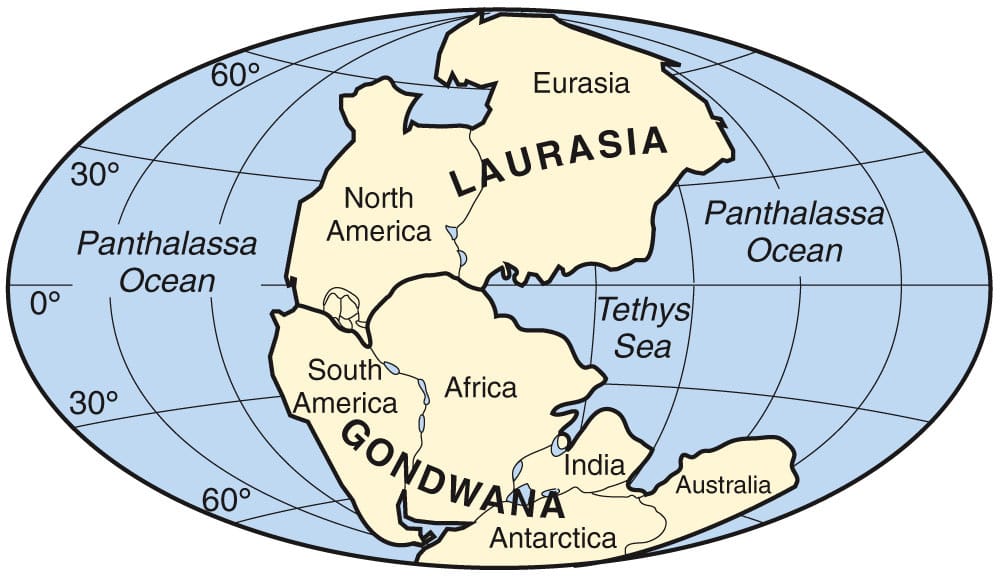
At that time North and South America were separate, but North America maintained a recurring connection to Asia, Europe, and Africa, while South American floated all by itself in "splendid isolation."
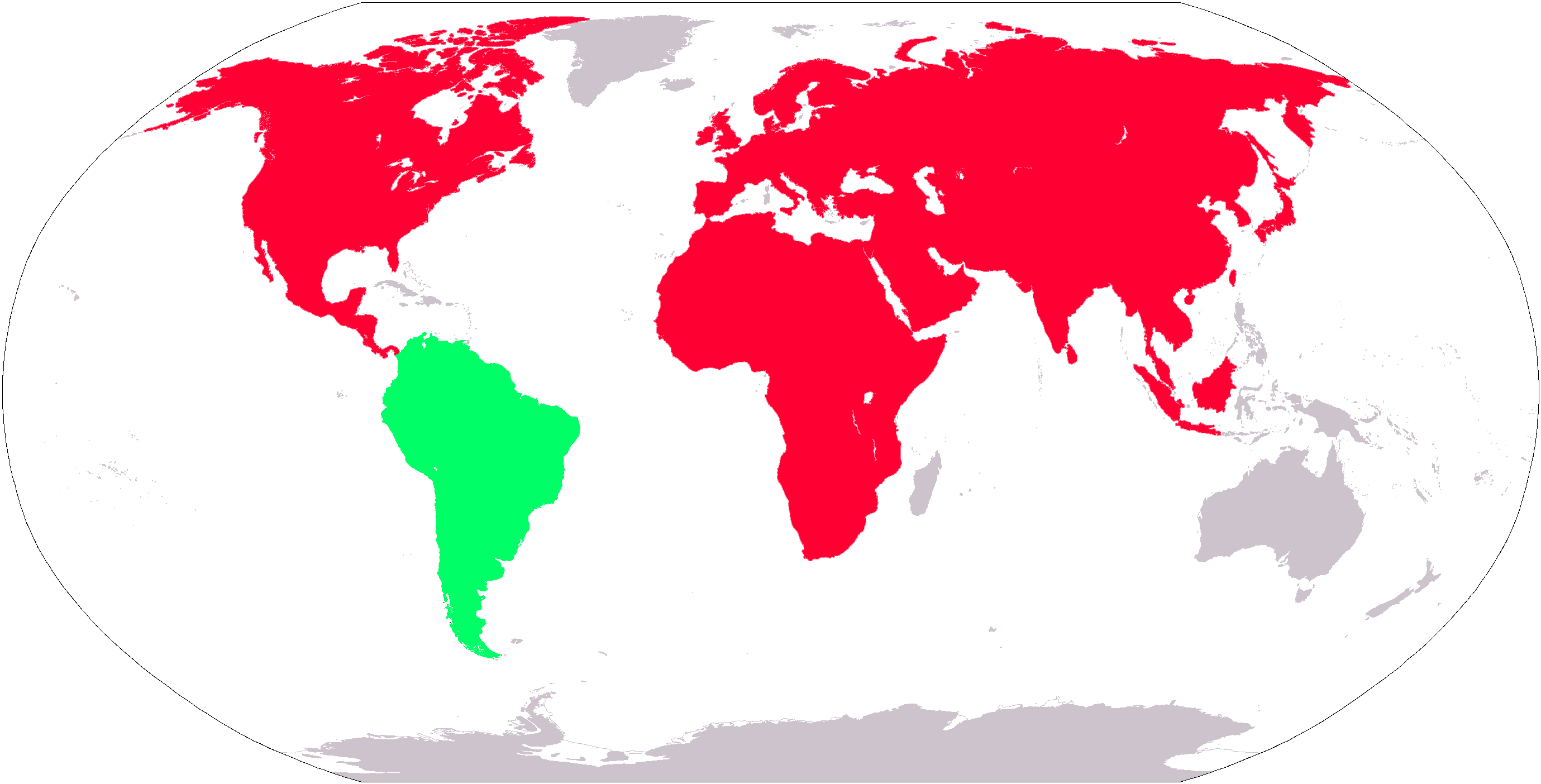
As the Earth's plates continued to move, the Pacific Plate was slowly forced under the Caribbean Plate in the area between North and South America. The pressure and heat of this collision formed a line of undersea volcanoes while ocean currents deposited massive loads of sediments that built up between the islands. This process continued in fits and starts, from 15 to 3 million years ago, until a corridor of land called the Isthmus of Panama (which is the country of Panama now) connected North and South America.
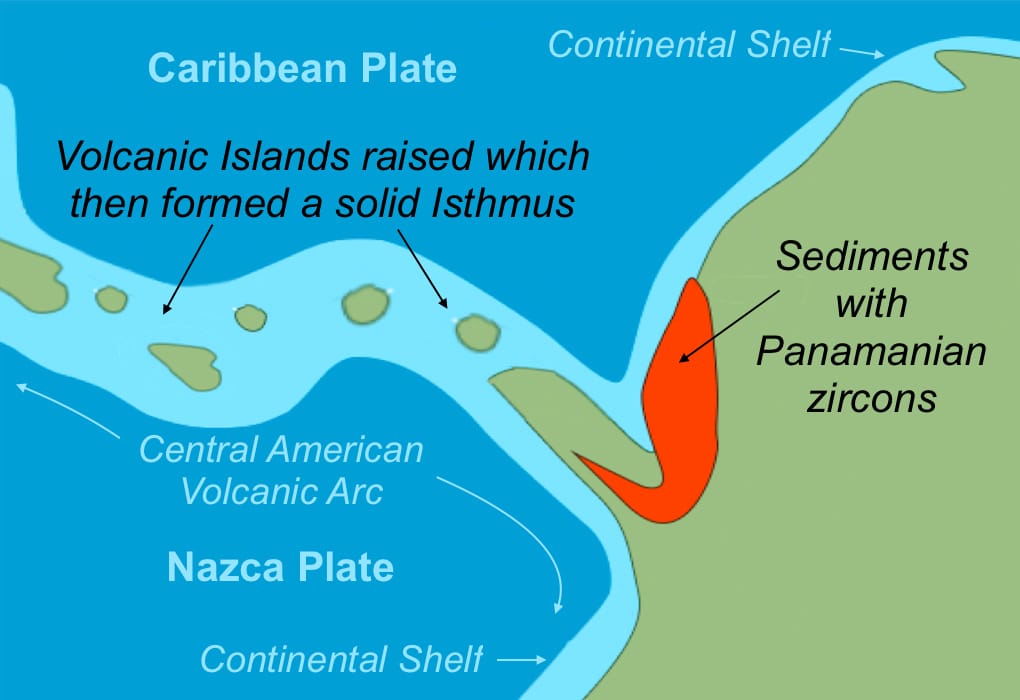
This might seem like a trivial geologic fact, but the formation of the Isthmus of Panama is considered to be the most significant event in Earth's history in the past 60 million years. In fact, it changed everything about the world as we know it today.
As one obvious example, the connecting of continents with a new corridor of land allowed all kinds of plants and animals to start wandering back and forth. And, in the case of South America, this exchange of species was particularly significant because the continent had existed in isolation for so long that its plants and animals were utterly unique.
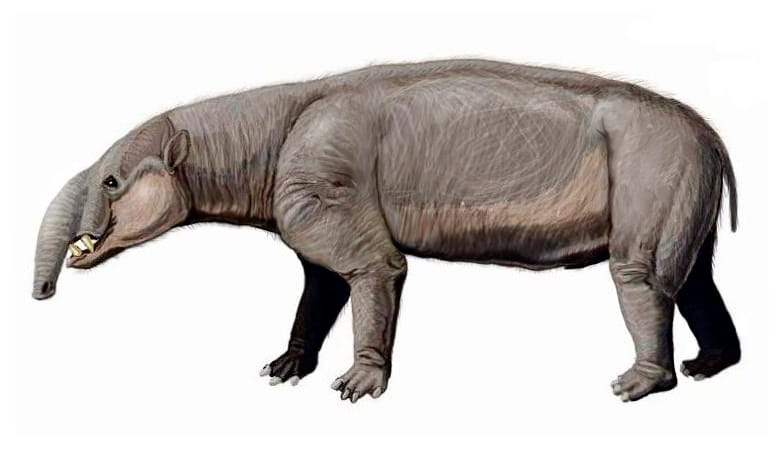
The movement of species (including humans at a later date) across the Isthmus of Panama was so monumental that it is called the Great American Biotic Interchange. It utterly transformed every ecosystem in both North and South America and completely flipped the kinds of animals found on each continent. For example, South America was mostly populated by marsupials (much like Australia today), until waves of North American ungulates, carnivores, and rodents started invading over the new land corridor.
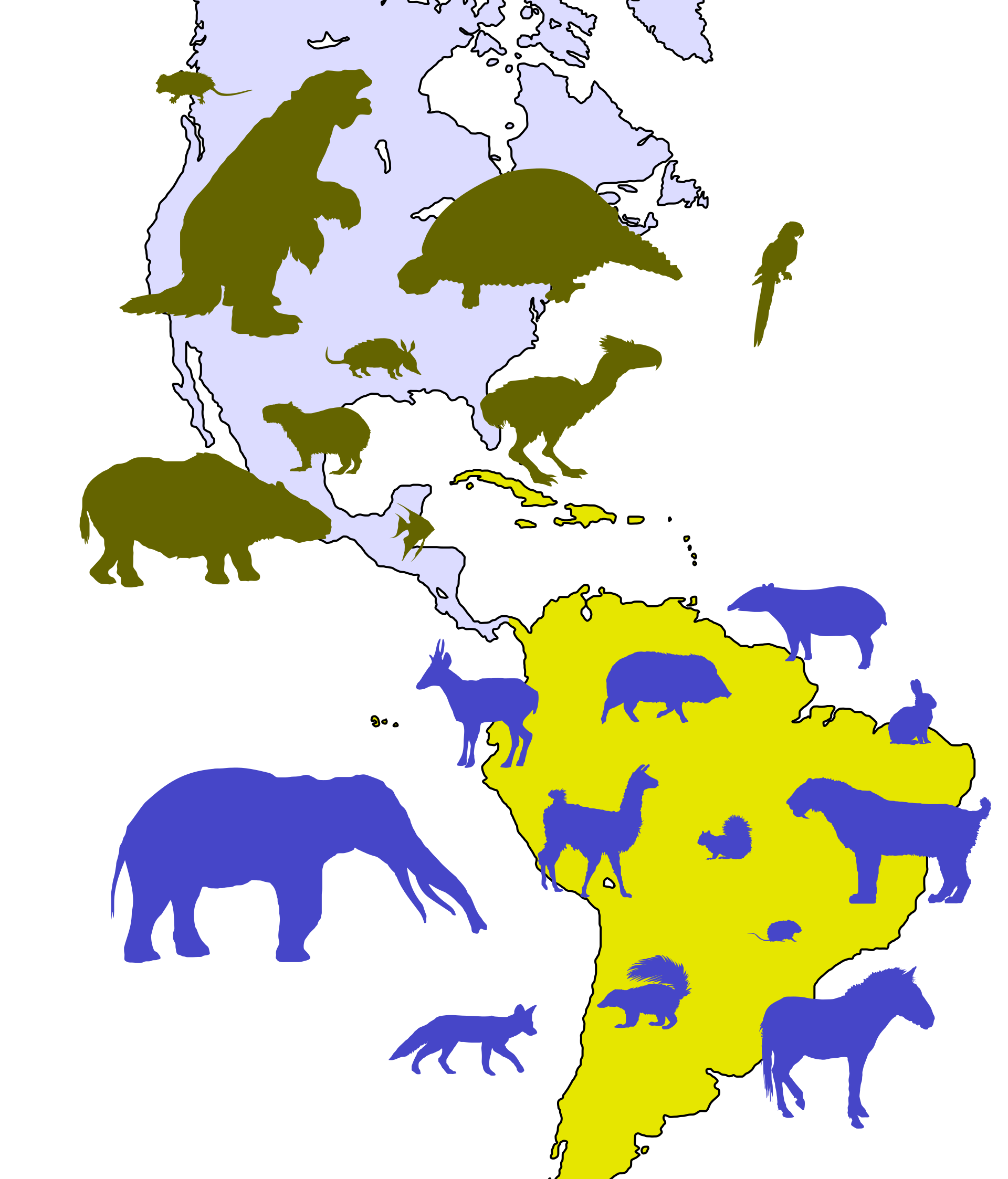
While the great biotic interchange is unbelievably significant, it's only one small piece of why the Isthmus of Panama is the most important event in the past 60 million years.

To understand this larger picture, it helps to realize that a massive band of warm ocean currents circulates around the middle of the Earth, balancing out temperatures between hot equatorial and cold polar regions. While these warm waters once flowed continuously around the world's tropics, the Isthmus of Panama abruptly blocked the flow of water between the Pacific and Atlantic oceans.
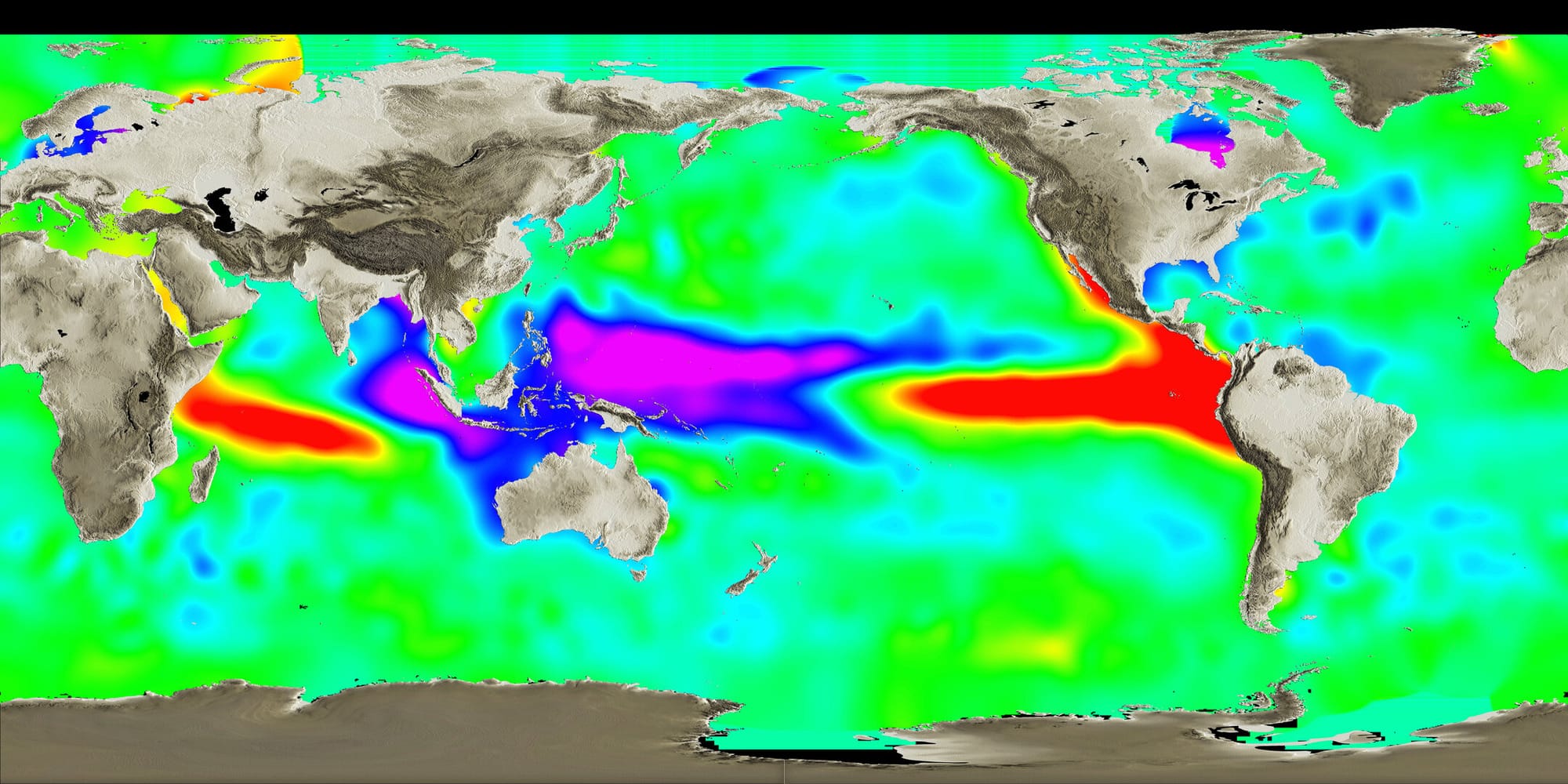
Warm waters that had been flowing around the Earth were suddenly forced to turn northward, completely shifting the Earth's ocean currents and global weather patterns. For instance, warm currents began delivering moist air to northern latitudes where the moisture fell as snow that created the glaciers and massive icefields of the Pleistocene (Ice Ages).
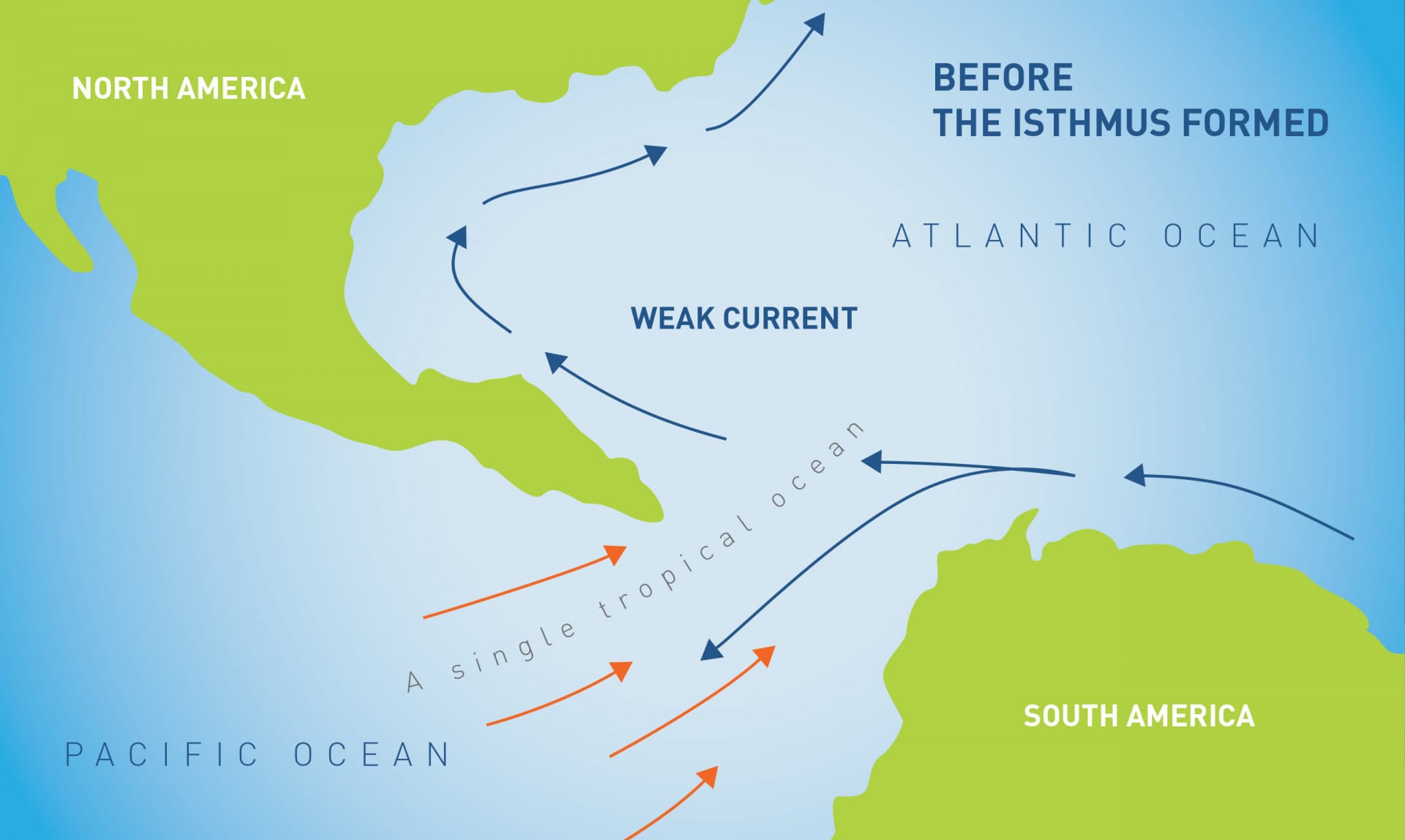
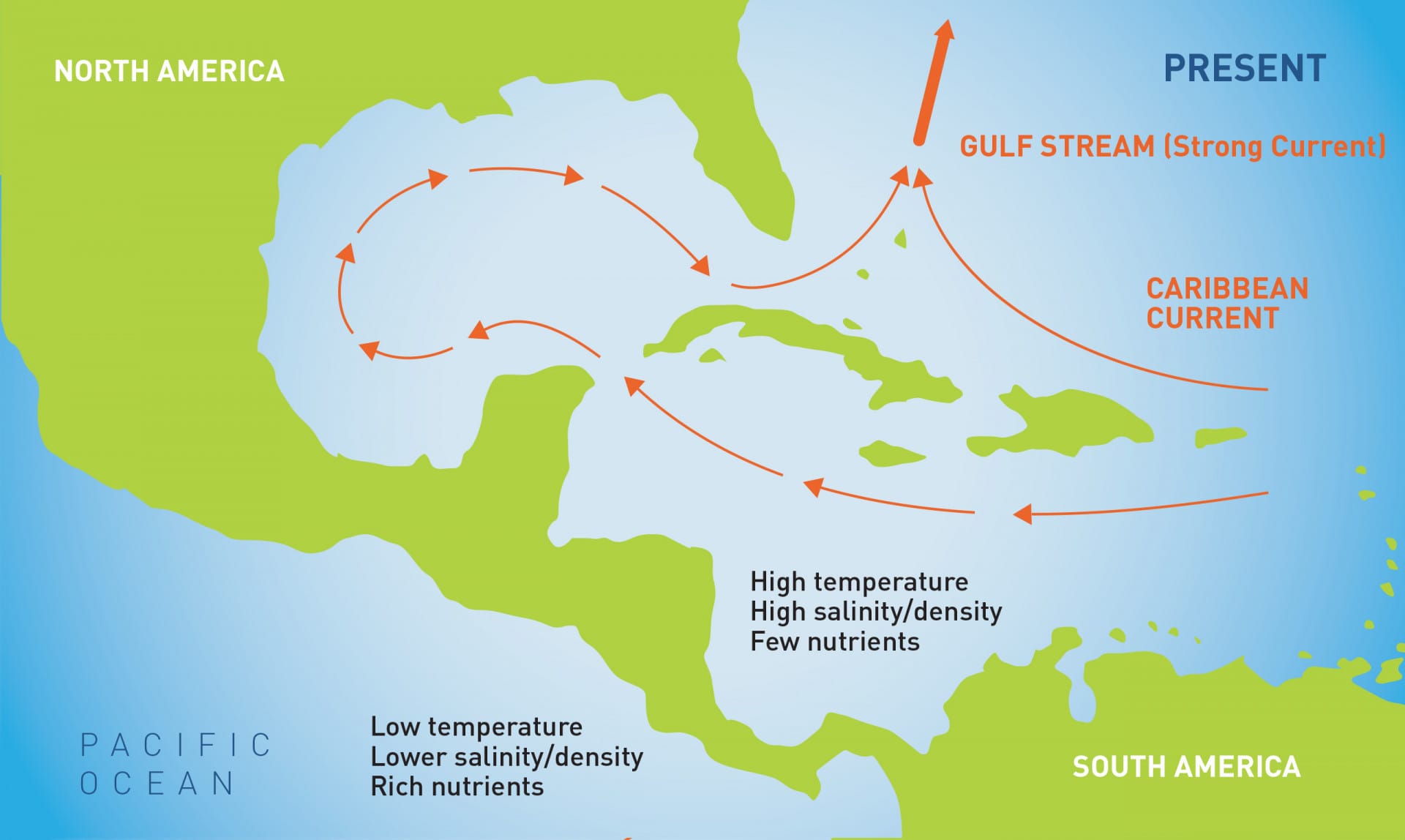
The closing of the Isthmus of Panama. Image from the Smithsonian Tropical Research Institute
The effect of this transformation was especially pronounced in the Atlantic Ocean, where the redirected currents became known as the Gulf Stream Current, one of the strongest ocean currents on Earth. This "river of water" ferries heat from the tropics into the North Atlantic, where it warms northern Europe (which would be nearly 20 degrees colder in winter today without this current), then flows down the west coast of Africa.
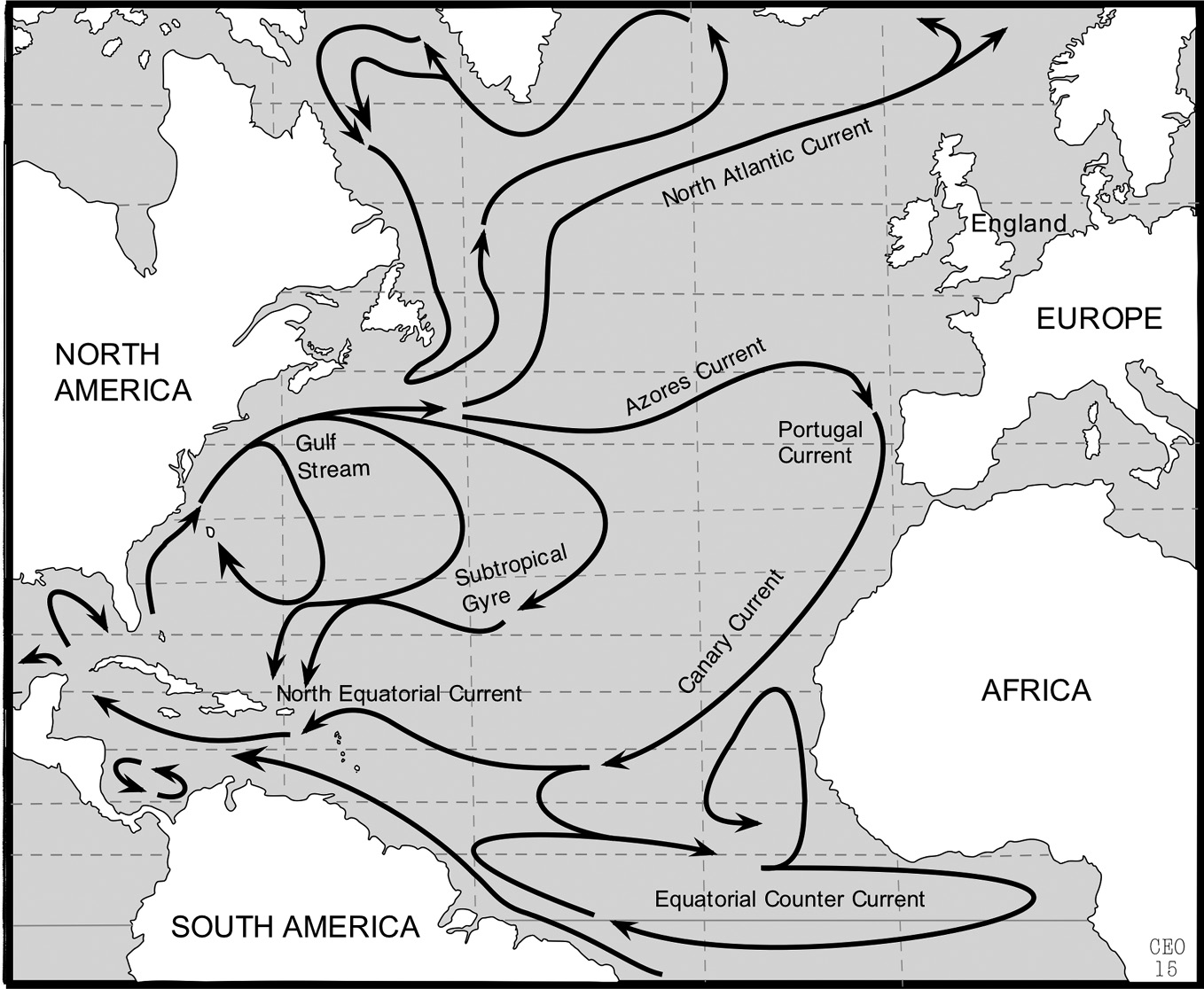
One impact of the Gulf Stream Current in northern Africa is that it dried out the climate, creating savannah and grasslands that prompted tree-dwelling primates to move to the ground, where they started walking upright. In other words, the Isthmus of Panama is one reason why humans evolved!
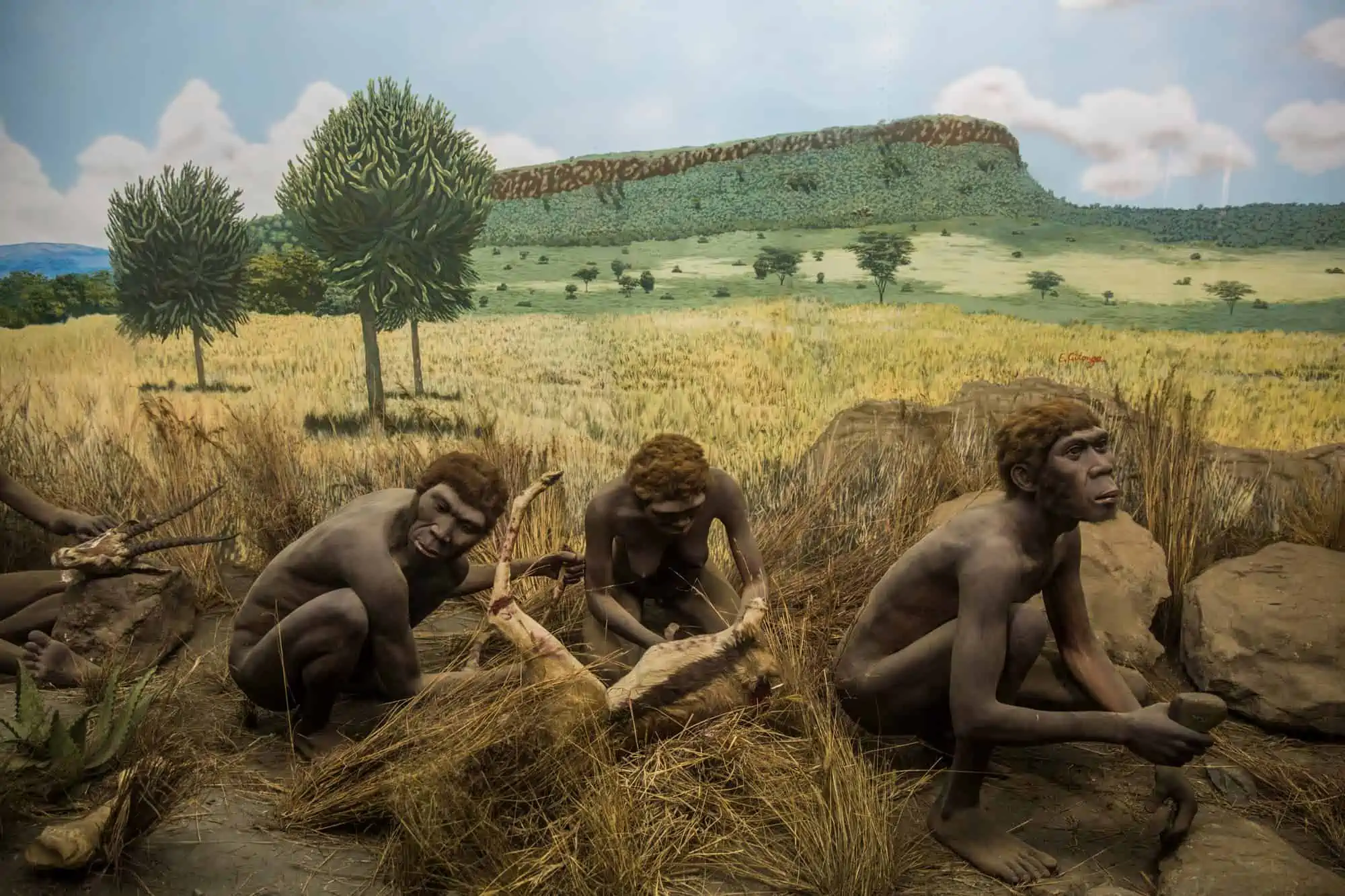
This is obviously just the tip of the iceberg, and there are many, many pieces to this story that are far more interesting and important than petty squabbles over who "owns" the Panama Canal.

Member discussion